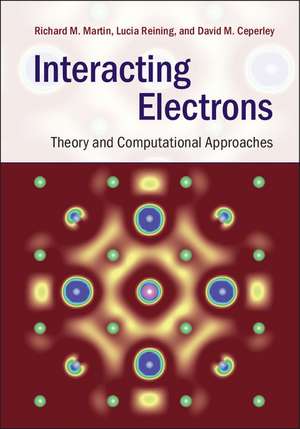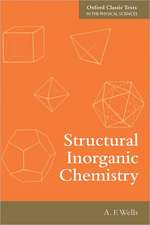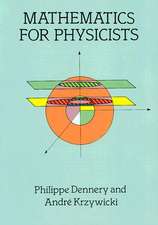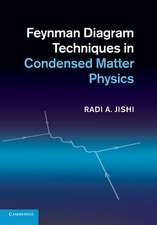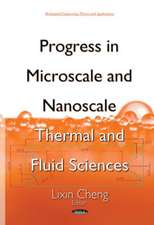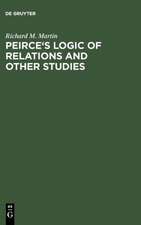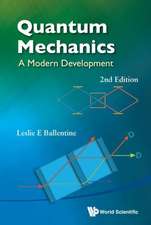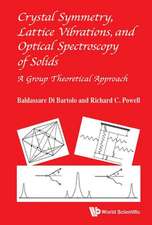Interacting Electrons: Theory and Computational Approaches
Autor Richard M. Martin, Lucia Reining, David M. Ceperleyen Limba Engleză Hardback – 29 iun 2016
Preț: 601.18 lei
Preț vechi: 675.48 lei
-11% Nou
Puncte Express: 902
Preț estimativ în valută:
115.05€ • 124.93$ • 96.64£
115.05€ • 124.93$ • 96.64£
Carte tipărită la comandă
Livrare economică 22 aprilie-06 mai
Preluare comenzi: 021 569.72.76
Specificații
ISBN-13: 9780521871501
ISBN-10: 0521871506
Pagini: 840
Ilustrații: 203 b/w illus. 5 tables 203 exercises
Dimensiuni: 183 x 253 x 41 mm
Greutate: 1.76 kg
Editura: Cambridge University Press
Colecția Cambridge University Press
Locul publicării:Cambridge, United Kingdom
ISBN-10: 0521871506
Pagini: 840
Ilustrații: 203 b/w illus. 5 tables 203 exercises
Dimensiuni: 183 x 253 x 41 mm
Greutate: 1.76 kg
Editura: Cambridge University Press
Colecția Cambridge University Press
Locul publicării:Cambridge, United Kingdom
Cuprins
Preface; Part I. Interacting Electrons: Beyond the Independent-Particle Picture: 1. The many electron problem: introduction; 2. Signatures of electron correlation; 3. Concepts and models for interacting electrons; Part II. Foundations of Theory for Many-Body Systems: 4. Mean fields and auxiliary systems; 5. Correlation functions; 6. Many-body wavefunctions; 7. Particles and quasi-particles; 8. Functionals in many-particle physics; Part III. Many-Body Green's Function Methods: 9. Many-body perturbation theory: expansion in the interaction; 10. Many-body perturbation theory via functional derivatives; 11. The RPA and the GW approximation for the self-energy; 12. GWA calculations in practice; 13. GWA calculations: illustrative results; 14. RPA and beyond: the Bethe-Salpeter equation; 15. Beyond the GW approximation; 16. Dynamical mean field theory; 17. Beyond the single-site approximation in DMFT; 18. Solvers for embedded systems; 19. Characteristic hamiltonians for solids with d and f states; 20. Examples of calculations for solids with d and f states; 21. Combining Green's functions approaches: an outlook; Part IV. Stochastic Methods: 22. Introduction to stochastic methods; 23. Variational Monte Carlo; 24. Projector quantum Monte Carlo; 25. Path integral Monte Carlo; 26. Concluding remarks; Part V. Appendices: A. Second quantization; B. Pictures; C. Green's functions: general properties; D. Matsubara formulation for Green's functions for T ̸= 0; E. Time-ordering, contours, and non-equilibrium; F. Hedin's equations in a basis; G. Unique solutions in Green's function theory; H. Properties of functionals; I. Auxiliary systems and constrained search; J. Derivation of the Luttinger theorem; K. Gutzwiller and Hubbard approaches; References; Index.
Descriere
This book sets out modern methods of computing properties of materials, including essential theoretical background, computational approaches, practical guidelines and instructive applications.
